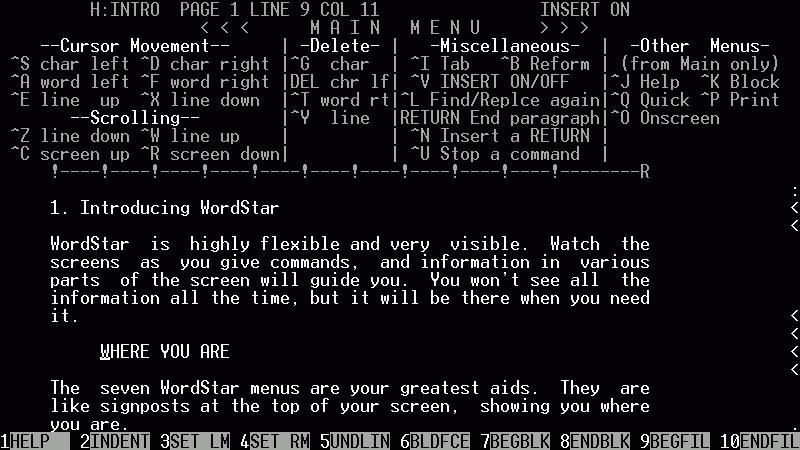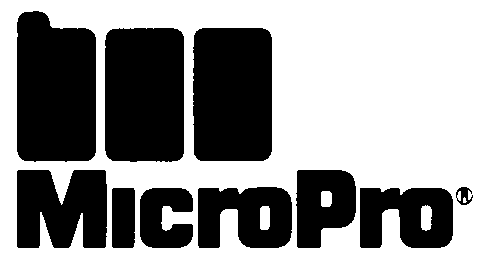 MicroPro International
MicroPro International
WordStar
WordStar is a word processor application that had a dominant market share during the early- to mid-1980s. It was published by MicroPro International, and written for the CP/M operating system but later ported to MS-DOS. Although Seymour I. Rubinstein was the principal owner of the company, Rob Barnaby was the sole author of the early versions of the program. Starting with WordStar 4.0 (1986), the program was built on new code written largely by Peter Mierau.
WordStar was deliberately written to make as few assumptions about the underlying system as possible, allowing it to be easily ported across the many platforms that proliferated in the early 1980s. As all of these versions had relatively similar commands and controls, users could move between platforms with equal ease. Already popular, its inclusion with the Osborne 1 computer which launched in 1981 made the program become the de facto standard for much of the word-processing market.
As the computer market quickly became dominated by the IBM PC, this same portable design actually made it rather difficult for MicroPro to add new features to it, and affected would go on to impact its sales performance. In spite of its great popularity in the early 1980s, these problems allowed WordPerfect to take WordStar's place as the most widely used word processor from around 1985 onwards.
The first DOS version was a port of the CP/M-86 version,and therefore could only address 64 KB of RAM even though DOS supported up to 640 KB. Users quickly learned they could make WordStar run dramatically faster by installing a RAM disk, and copying the WordStar program files into it. WordStar would still access the "disk" repeatedly, but the far faster access of the RAM drive compared to a floppy disk yielded a substantial speed improvement. However, edited versions of a document were "saved" only to this RAM disk, and had to be copied to physical magnetic media before rebooting.
InfoWorld described WordStar as "notorious for its complexity", but by 1983 it was the leading word processing system. Although competition appeared early (the first version of WordPerfect debuted in 1982 and Microsoft Word in 1983), WordStar was the dominant word processor on x86 machines until around 1985. It was part of the software bundle that accompanied Kaypro computers.
Wordstar was the first microcomputer word processor to offer a mail merge facility and WYSIWYG. Barnaby left the company in March 1980, but due to WordStar's sophistication, the company's extensive sales and marketing efforts, and bundling deals with Osborne, Kaypro, and other computer makers, MicroPro's sales grew from $500,000 in 1979 to $72 million in fiscal year 1984, surpassing earlier market leader Electric Pencil. By May 1983 BYTE magazine called WordStar "without a doubt the best-known and probably the most widely used personal computer word-processing program".
WordStar 3.0 (1982)
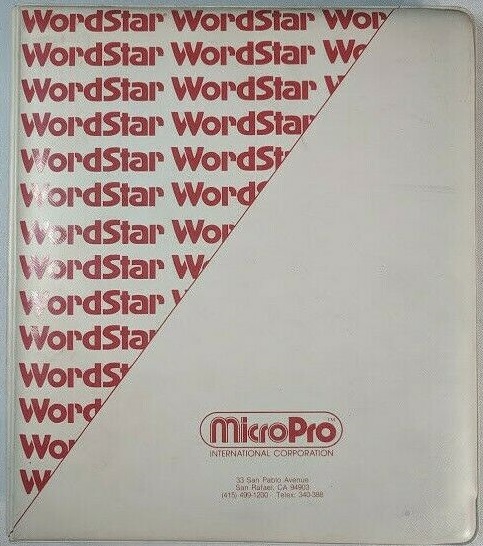 WordStar 3.0, the first version for MS-DOS, appeared in April 1982. The DOS version was very similar to the original, and although the IBM PC had arrow keys and separate function keys, the traditional "WordStar diamond" and other Ctrl-key functions were retained, leading to rapid adoption by former CP/M users who had migrated to DOS. WordStar's ability to use a "non-document" mode to create text files without formatting made it popular among programmers for writing code. Like the CP/M versions, the DOS WordStar was not explicitly designed for IBM PCs, but rather for any x86 machine (as there were a number of non-IBM-compatible PCs that used 8086 or 80186 CPUs). As such, it used only DOS's OS calls and avoided any BIOS usage or direct hardware access.
WordStar 3.0, the first version for MS-DOS, appeared in April 1982. The DOS version was very similar to the original, and although the IBM PC had arrow keys and separate function keys, the traditional "WordStar diamond" and other Ctrl-key functions were retained, leading to rapid adoption by former CP/M users who had migrated to DOS. WordStar's ability to use a "non-document" mode to create text files without formatting made it popular among programmers for writing code. Like the CP/M versions, the DOS WordStar was not explicitly designed for IBM PCs, but rather for any x86 machine (as there were a number of non-IBM-compatible PCs that used 8086 or 80186 CPUs). As such, it used only DOS's OS calls and avoided any BIOS usage or direct hardware access.
WordStar 3.3 (1983)
The company released WordStar 3.3 in June 1983; the 650,000 cumulative copies of WordStar for the IBM PC and other computers sold by that fall was more than double that of the second most-popular word processor, and that year MicroPro could claim they had 10% of the entire personal computer software market. By 1984, the year it held an initial public offering, MicroPro was the world's largest software company with 23% of the word processor market.
At the time, the IBM Displaywriter System dominated the dedicated [hardware] word processor market. IBM's main competition was Wang Laboratories. Such machines were expensive and were generally accessed through terminals connected to central mainframe or midrange computers.
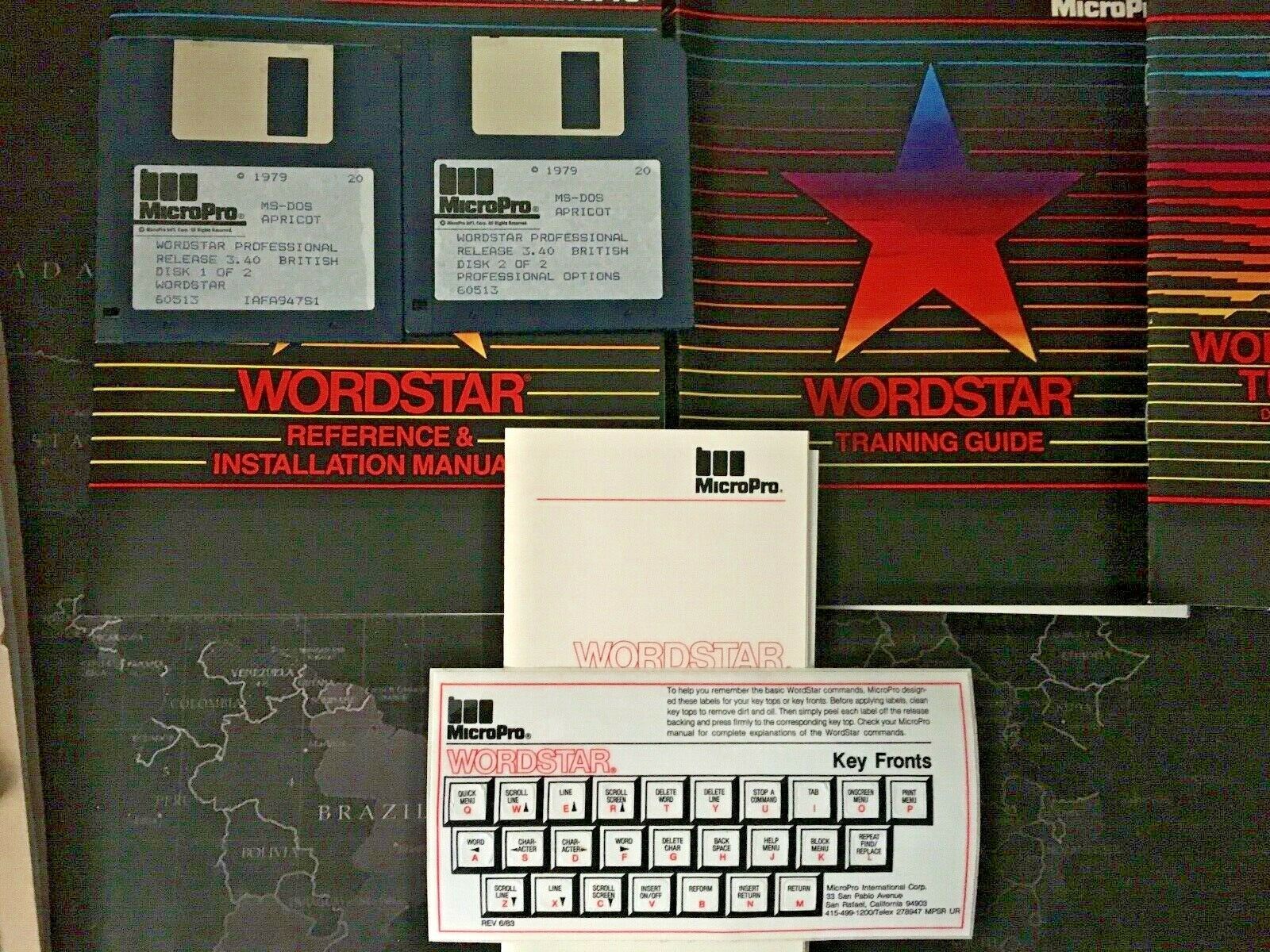
WordStar 3.40 for Apricot PCs running MS-DOS
WordStar 2000 (1984)
When IBM announced it was bringing DisplayWrite to the PC, MicroPro focused on creating a clone of it which they marketed in 1984 as WordStar 2000. WordStar 2000 supported features such as disk directories, but lacked compatibility with the file formats of earlier WordStar versions and also made numerous unpopular changes to the interface. Gradually competitors like WordPerfect were able to reduce MicroPro's market share. MultiMate in particular used the same key sequences as Wang word processors, which made it popular with secretaries switching from those physical word processing systems to PCs.
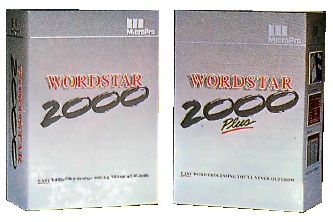 BYTE stated that WordStar 2000 had "all the charm of an elephant on motorized skates", warning in 1986 that an IBM PC AT with a hard drive was highly advisable to run the software, which it described as "clumsy, overdesigned, and uninviting ... I can't come up with a reason why I'd want to use it". WordStar 2000 had a user interface that was substantially different from the original WordStar, and the company did little to advertise this. However, it had a lasting impact on the word processing industry by introducing keyboard shortcuts that are still widely used, namely Ctrl-B for Bold, Ctrl-I for Italic, and Ctrl-U for Underline.
BYTE stated that WordStar 2000 had "all the charm of an elephant on motorized skates", warning in 1986 that an IBM PC AT with a hard drive was highly advisable to run the software, which it described as "clumsy, overdesigned, and uninviting ... I can't come up with a reason why I'd want to use it". WordStar 2000 had a user interface that was substantially different from the original WordStar, and the company did little to advertise this. However, it had a lasting impact on the word processing industry by introducing keyboard shortcuts that are still widely used, namely Ctrl-B for Bold, Ctrl-I for Italic, and Ctrl-U for Underline.
WordStar 4.0 (1986)
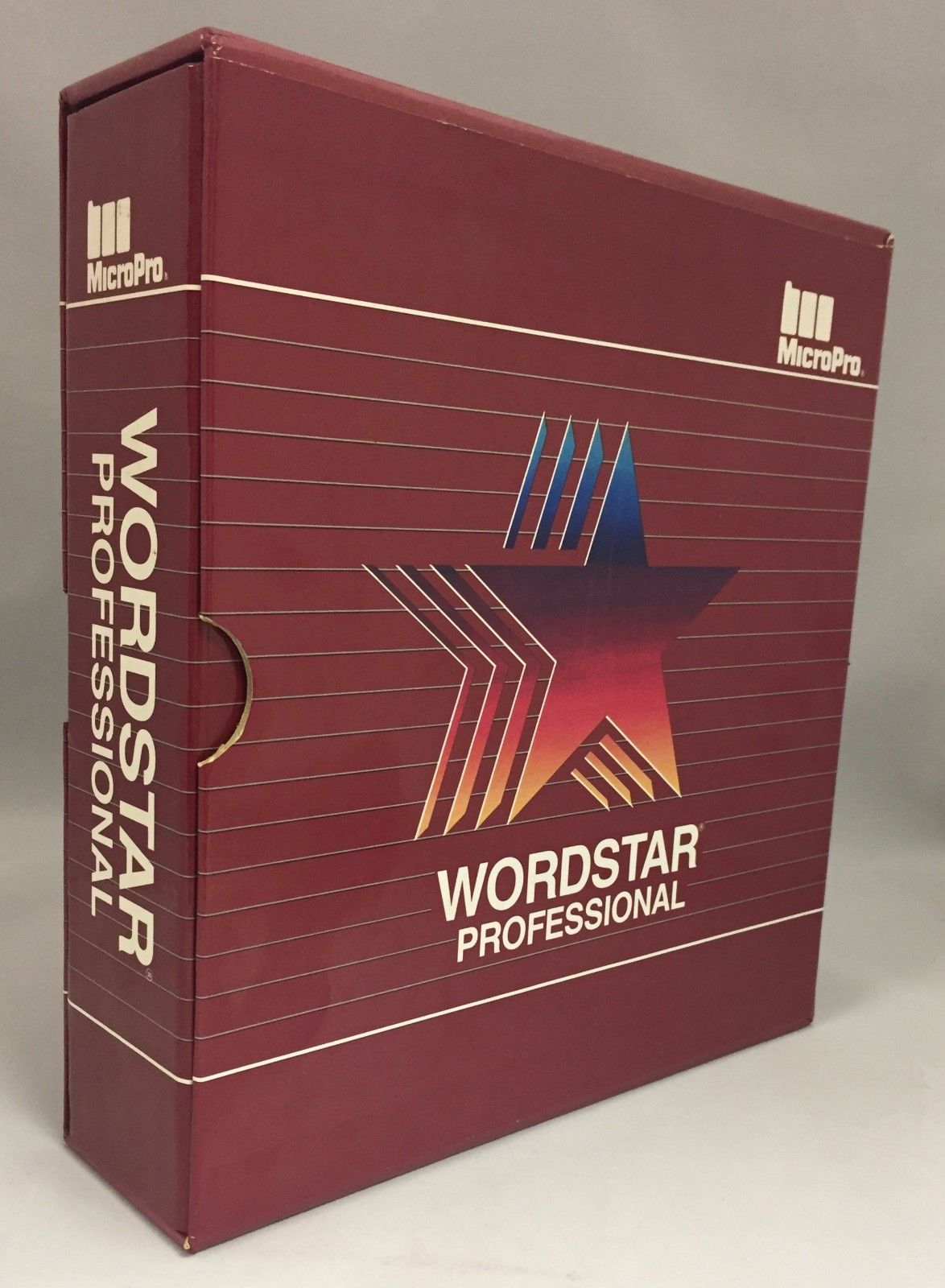
By that time, the migration of the vast majority of users from CP/M to MS-DOS, with an "Alt" key, had taken place. WordStar had until then never successfully exploited the MS-DOS keyboard, and this is one explanation for its demise.
WordStar 5.0 (1989)
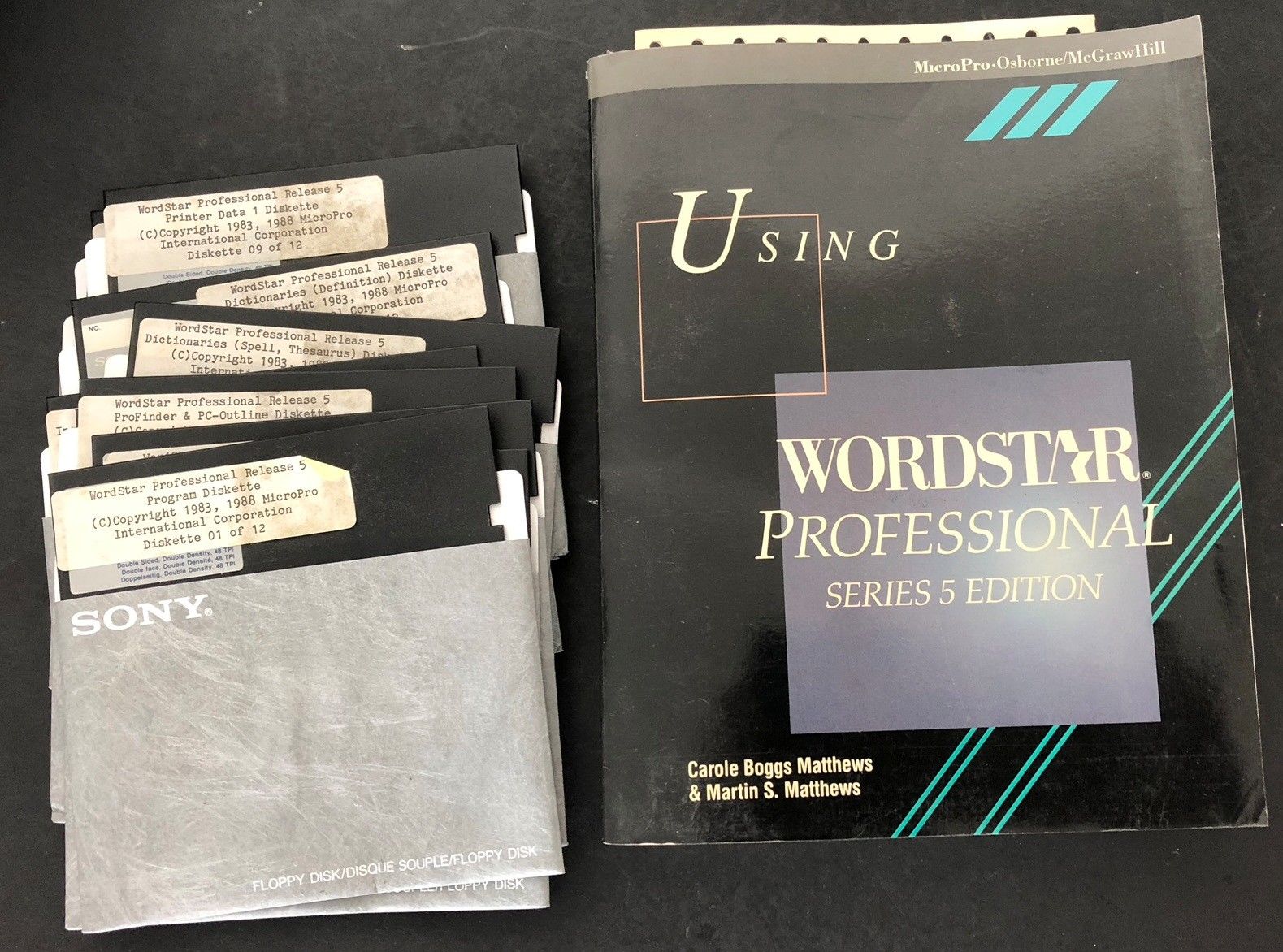 WordStar 5, released in 1989, added dropdown menus, footnote and endnote capability, and a fairly advanced "Page Preview" function. It also got much better at handling laser printers, with a large database of the most common printers.
WordStar 5, released in 1989, added dropdown menus, footnote and endnote capability, and a fairly advanced "Page Preview" function. It also got much better at handling laser printers, with a large database of the most common printers.
Personal Computer World did a review of WS5 (the article is the copyright of Steve Mansfield so cannot be included here).
WordStar 5.5 and Beyond (1990+)
Versions 5.5 and 6 had added features, and version 7 (released in 1991) included a complete macro language as well as support for over 500 printers. It also featured style sheets and mouse support.
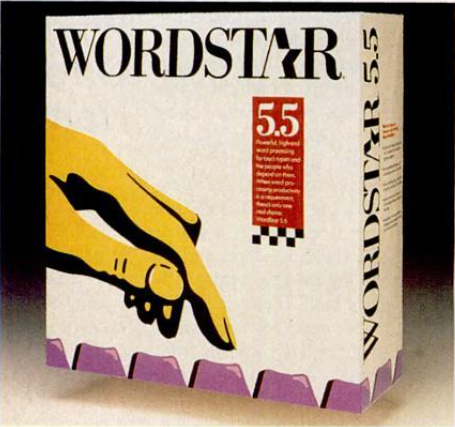
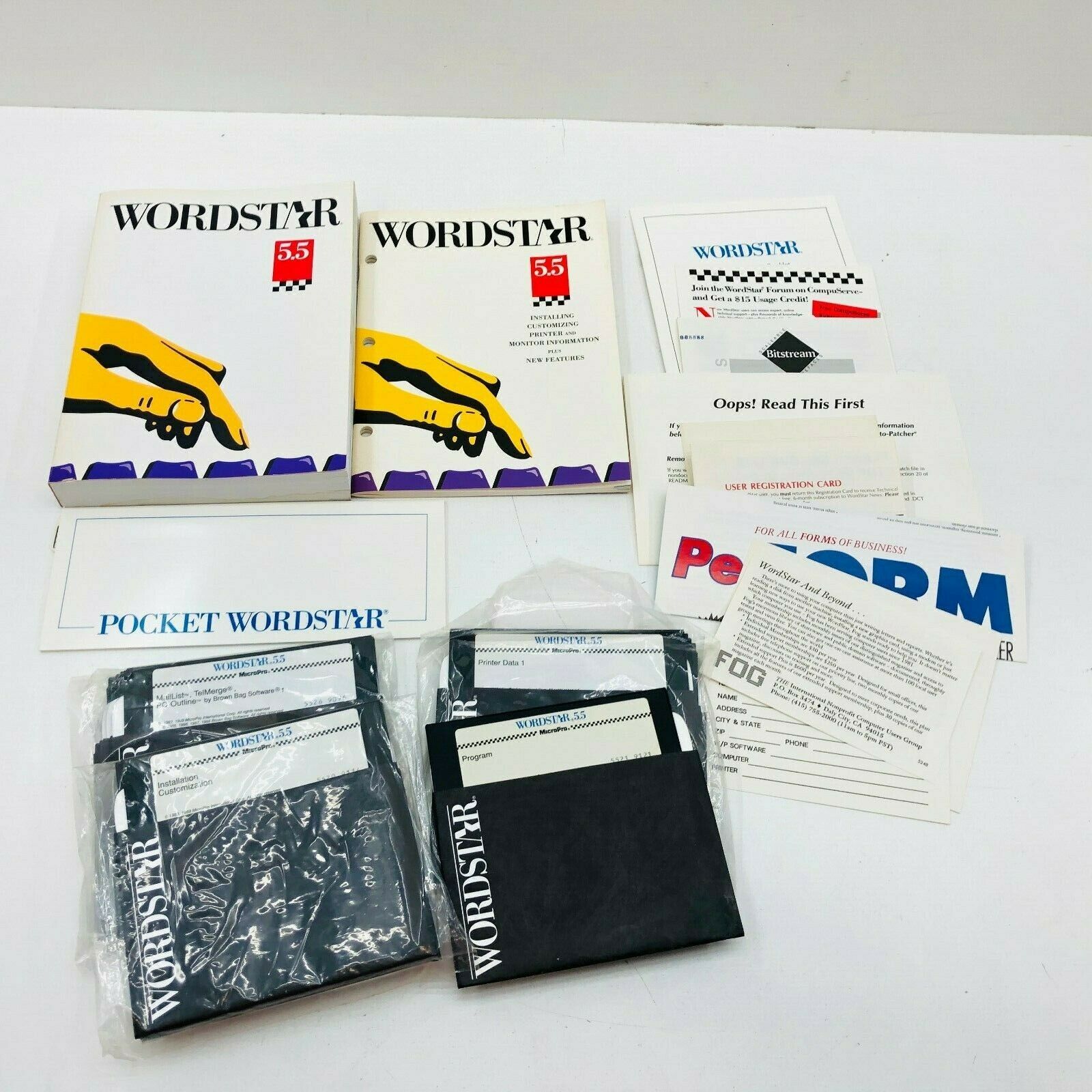
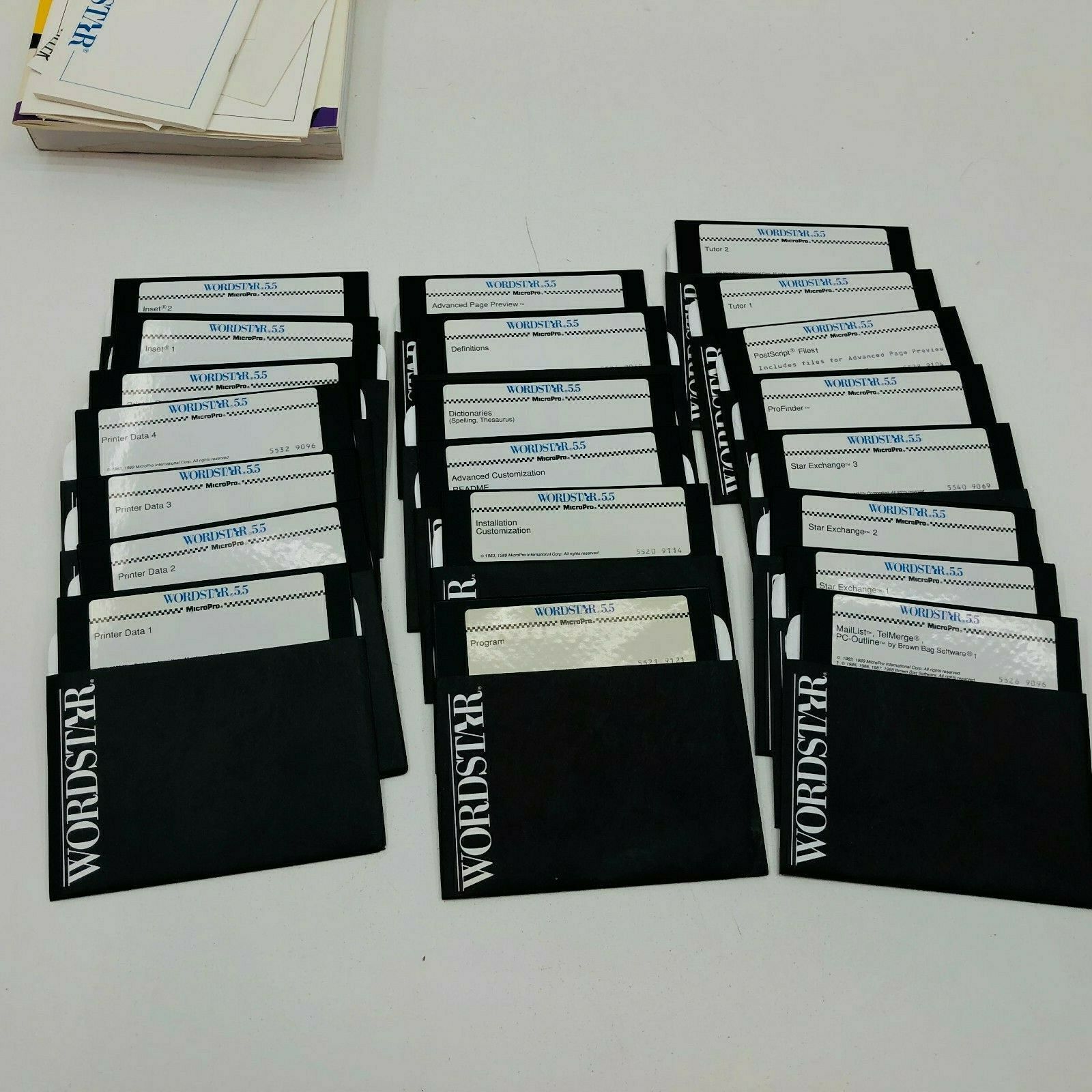
WordStar 5.5 - how many disks?!
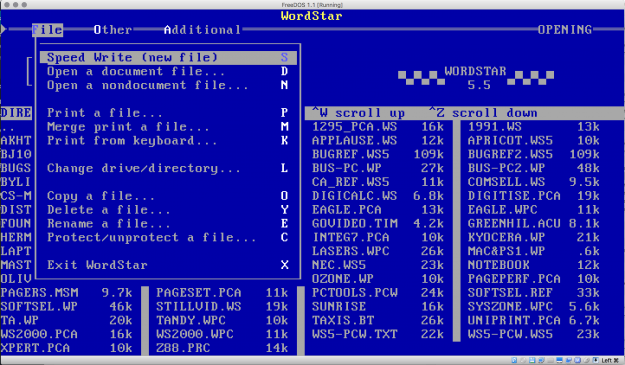
WordStar 5.5 in action
CorrectStar
CorrectStar was a spell checker for MS-DOS, introduced by MicroPro International in 1984. In these days word processors didn't have any built-in spell checking or thesaurus to assist you. It was previously sold as SpellStar. CorrectStar sold for a retail price of $195.
CalcStar
CalcStar was MicroPro's answer to the spreadsheet. It will be covered in a separate article.
